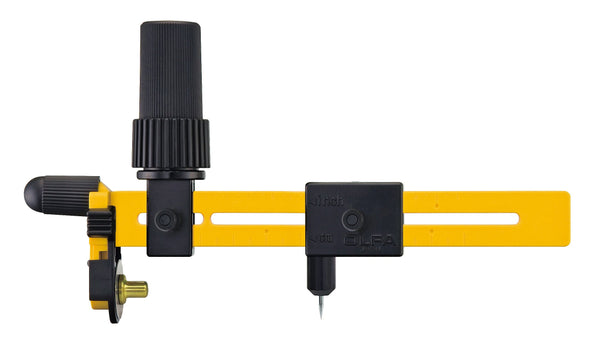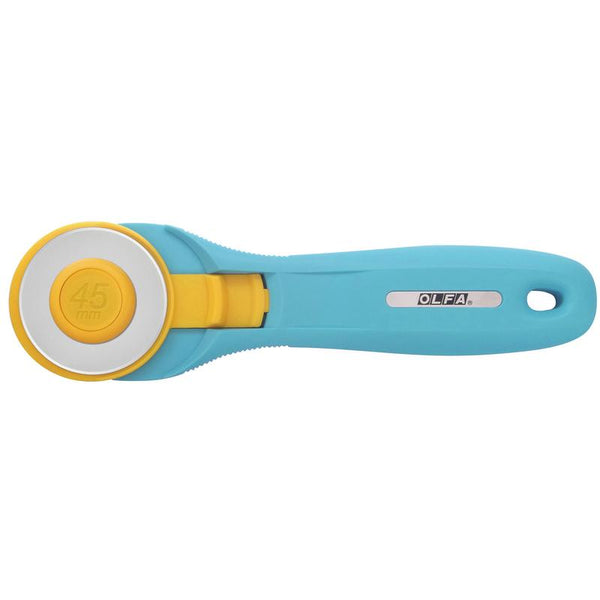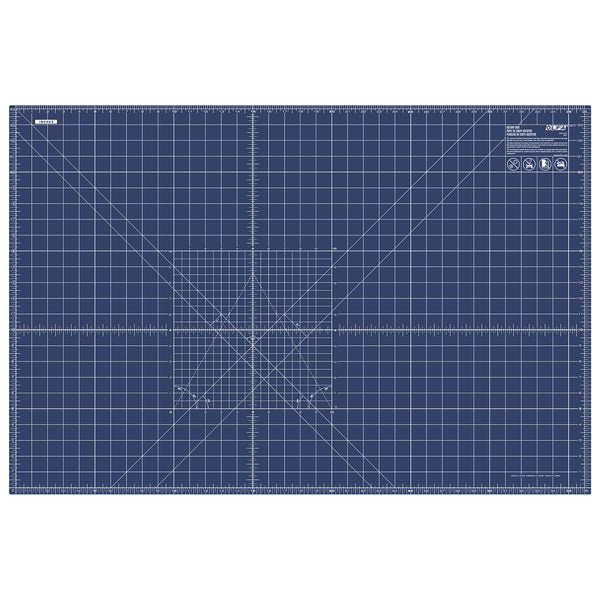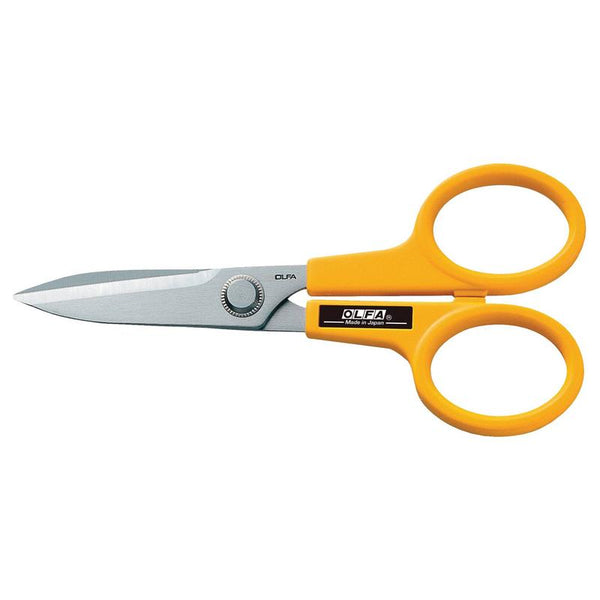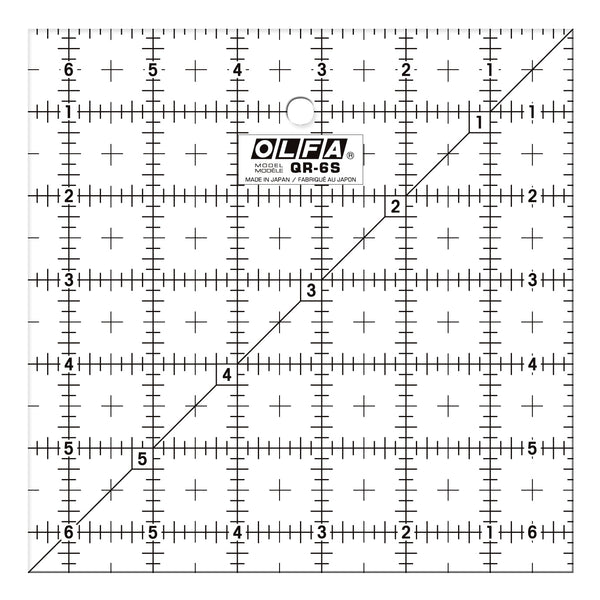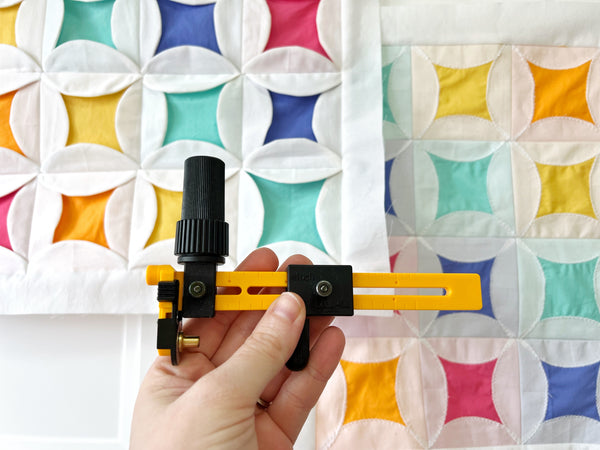
Curvetastic Quilt-Along Month 7

Instagram: @myfabricheart
Size or dimensions: 46” x 60”
Skill level: Intermediate
------------------------------------
Welcome to the Curvetastic Quilt-Along. Some of you have been with us for a while but we are happy to have new people join in at any time! If you are just finding us now please jump right in! Check out Month 1, here! I (Amanda) would love to see your quilt come to life! If you aren’t already following me on Instagram please do @MyFabricHeart and give me a tag in your progress posts!
We only have one more block after this one! Then we will be working through putting the quilt all together. This month’s block is my take on a cathedral window block and features a new to me way of cutting curves. Let me tell you, I had to reach out to some of my math nerd friends (they proudly wear that name) to help me figure out if what I had in my mind was actually a thing. I’m really good at visualizing things in my head that are not remotely feasible in real life. My brain is a magical place. LOL
Working with curves often leaves a lot of scraps. One of my goals with this quilt has been to minimize the creation of scraps and use some of the scraps we do make. This new cutting technique allows us to make some curves using a segment of a circle which we cut along a chord. If I’ve ever known about a chord of circle before it was completely removed from my brain in the last 20 years. Do not fear, you do not have to remember any of this but this is what was in my brain and I was surprised that it existed in real life!
Tools Needed this Month:
- OLFA CMP-3 Rotary Circle Cutter
- OLFA 45mm RTY-2/C Quick-Change Rotary Cutter, Aqua
- OLFA RM-MG/NBL 24"X36 Double-Sided, Self-Healing Rotary Mat, Navy
- OLFA 5-Inch SCS-4 Precision Appliqué Scissors
- OLFA QR-6S 6 1/2” Square Frosted Acrylic Ruler
- Pins or clips
- Washable Glue Stick
As always, the appliqué version of this block is included below the pieced version.
Pieced Curves
Cut:
- (2) - 1.5”x 12.5” Background
- (2) - 1.5” x 14.5” Background
- (5) - 4” WOF Strips Background (you can also utilize any large scraps here)
- (16) - 3.5”x 3.5” Coloured Fabric ( I used 4 teal, and 3 of each pink, orange, purple and yellow)
Cutting Curves:
- Take one 4”x WOF Background strip fold it in half selvage to selvage. Then fold this in half length wise and press
- Open the strip back up so it is no longer folded lengthwise but it is still folded selvage to selvage
- Set your OLFA Rotary Circle Cutter to 2.25”
- Using the middle pressed line as your pivot point mark, place your pivot point in a location where your cutter is approximately 0.5” from one short edge
- Cut curve from edge to edge
- Use your OLFA 6 1/2” square ruler and line up the top of this curve with the 1.5” line and cut this curve from the strip
- Repeat this all the way down the strip
- You need 128 curves
Assembly:
- With right sides facing of 2 curves stitch 1/4” from curved edge
- Trim seam allowance to 1/8”
- Turn right side out and press
- Trim so each curve measures 3.5” across the bottom keeping parallel to the straight edge
- Baste curves to each coloured square close to the edge, adding opposite sides
- This will leave each block with 2 opposite edges where the basted curves are underneath the basted curves you added last (This is important for piecing together)
- Lay out in the desired 4x4 pattern.
- When stitching together arrange the pieces so the bottom basted curves are matched with each other and likewise with the top basted curves (This will look more cohesive when pieced together)
- Stitch together in rows and press seams open
- Prior to stitching rows together trim the seam allowances of the curved pieces to remove bulk
- Attach one 1.5”x 12.5” Background to opposites sides and press seams to the outside
- Attach the 1.5”x 14.5” Background pieces to the two remaining sides and press seams to the outside

Appliquéd Version
Cut:
- (2) - 1.5”x 12.5” Background
- (2) - 1.5” x 14.5” Background
- (3 ) 3.5” x WOF Background (you can also utilize any large scraps here)
- (16) - 3.5”x 3.5” Coloured Fabric ( I used 4 teal, and 3 of each pink, orange, purple and yellow)
Cutting Curves:
- Take one 3.5” x WOF Background strip fold it in half selvage to selvage. Then fold this in half length wise and press
- Open the strip back up so it is no longer folded lengthwise but it is still folded selvage to selvage
- Set your OLFA Rotary Circle Cutter to 2”
- Using the middle pressed line as your pivot point place your pivot point in a location where your cutter is approximately 0.5” from one short edge
- Cut curve from edge to edge
- Use your OLFA 6 1/2” square ruler and line up the cutting edge where the curve joins both sides of the 3.5” strip (see red arrows in the photo) and trim the curve off here
- Repeat this all the way down the strip
- You need 64 curves
|
Appliqué Tips for starting in a corner:
|
- Appliqué a curve to each coloured square lining up the long edges, and then appliqué a second curve to the opposite side of the square
- Appliqué 2 curves to the remaining 2 sides
- This will leave each block with 2 opposite edges where the basted curves are underneath the basted curves you added last (This is important for piecing together)
- Lay out in the desired 4x4 pattern.
- When stitching together arrange the pieces so the bottom basted curves are matched with each other and likewise with the top basted curves (This will look more cohesive when pieced together)
- Stitch together in rows and press seams open
- Attach one 1.5”x 12.5” Background to opposites sides and press seams to the outside
- Attach the 1.5”x 14.5” Background pieces to the two remaining sides and press seams to the outside
Check out Month 8 for our very last block! It’s a good one!
~ Amanda























